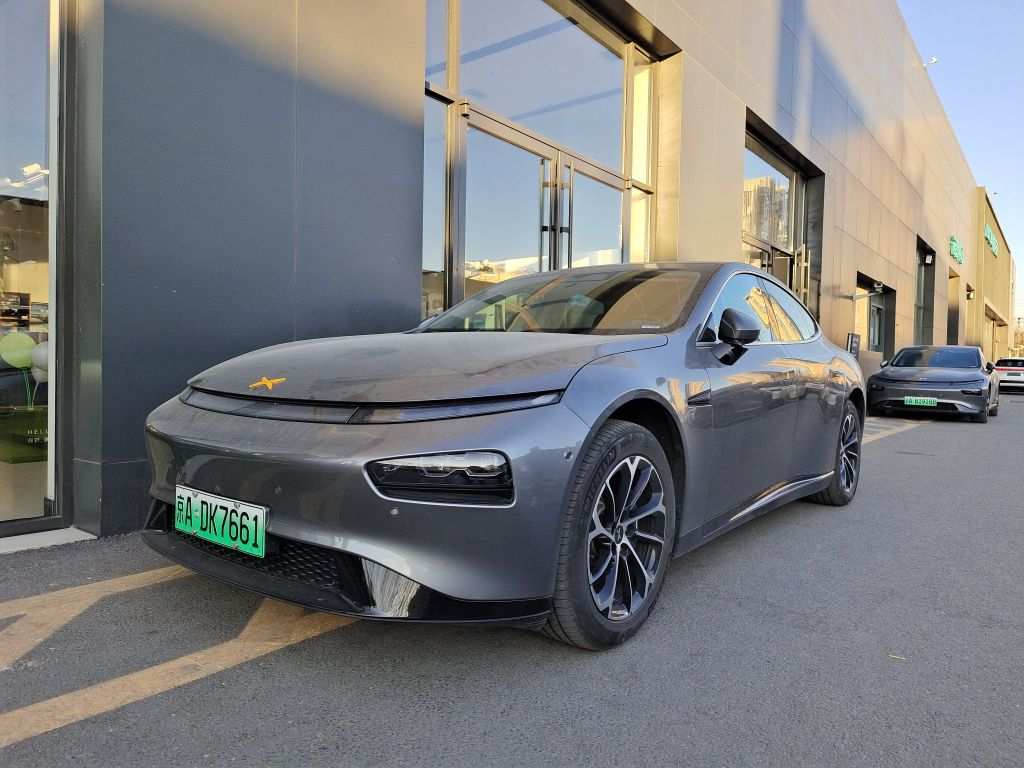As a P7 NGP user who blindly committed to it at the beginning of 2020, it has protected me for over two years and accompanied me for 40,000 kilometers, while greatly saving my expenses on daily maintenance and energy supplementation, totaling only hundreds of dollars.
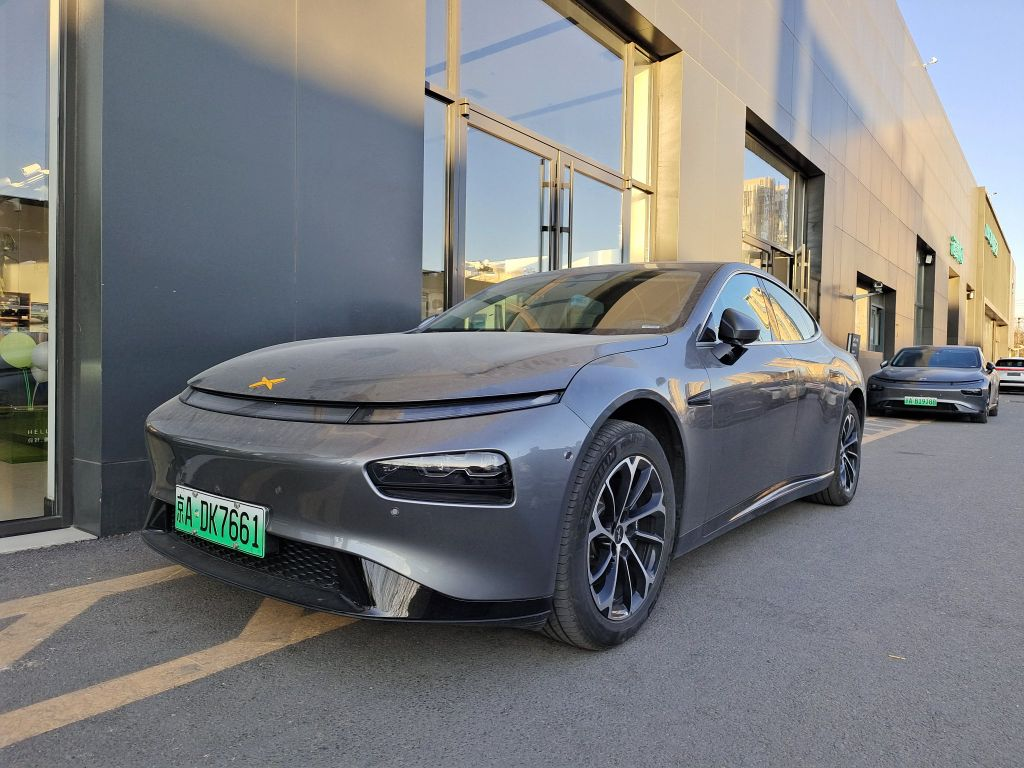
So I have a deep affection for P7, and of course, I am also aware of its problems. Even after blindly replacing it with G9 later, I still miss its beautiful waistline and the better cornering feeling than SUVs from time to time.

After experiencing the new P7i at the Peng factory, I feel that the new P7i, instead of a simple revision that switched the 820 to the 8155 and added a set of XNGP, is a completely new car.
- Comfort: The steering wheel has been replaced with the G9 steering wheel, which has a better grip feeling and comes with electric heating as standard.

The newly replaced Nappa seats with a slow rebound material are soft and give a sinking feeling at low speeds, providing very comfortable seating for both the front and rear seats. The rear seats have also been widened by 2cm, with a more inclined sitting posture and equipped with electric heating. But when it comes to intensive driving, it gives good support. If I had to summarize, it can be described as combining softness and hardness, giving me the feeling of non-Newtonian fluid.
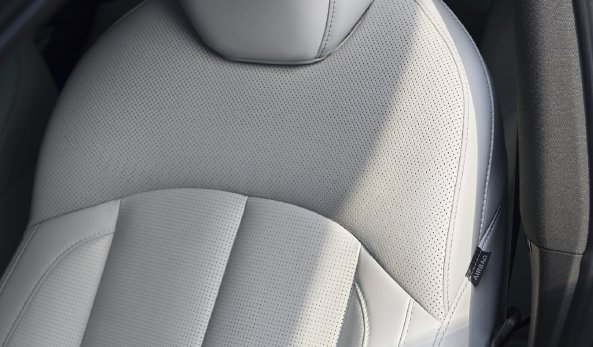
- There is now a physical button in the trunk, and the electric tailgate comes as standard with electric suction doors.
- The Dain sound system has been upgraded to 20 speakers, supporting Dolby Atmos with 7.1.4 channels, and the amplifier has been upgraded from 600W to 900W.
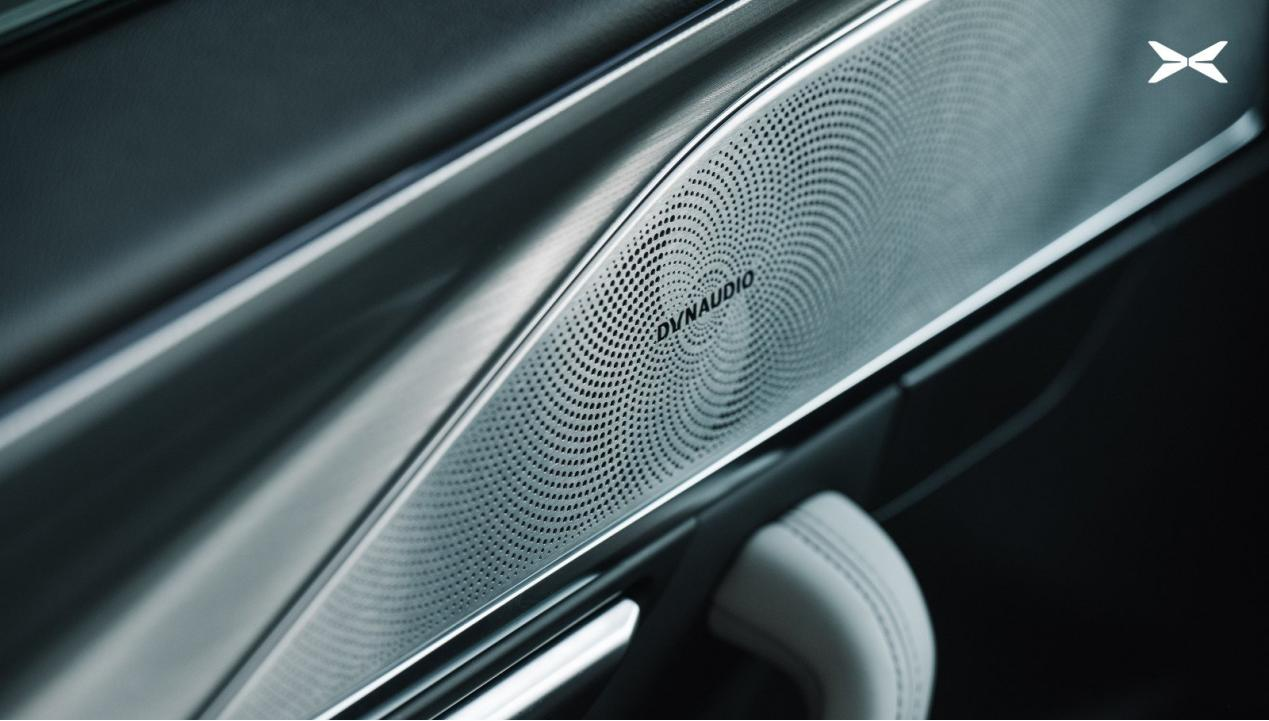
-
Battery: The battery capacity is larger, and the charging speed can reach 175 kW, supporting AC 220v discharge. The new battery uses aerogel insulation material, which can withstand high temperatures of 1200 degrees Celsius and is an application material for aerospace and bomb disposal suits, achieving permanent incendiary resistance.
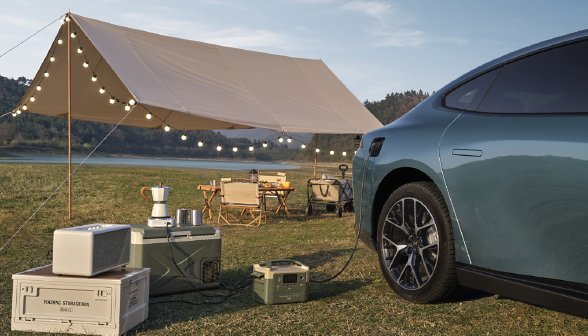
-
Endurance: The latest thermal management system and 10-valve heat pump air conditioner have been installed in P7i, greatly optimizing energy consumption and making the endurance more reliable. This week (March 6, 2023), my G9 has been restricted in Beijing, achieving a cumulative CLTC achievement rate of 95% in the urban area for one week. The new P7i has lower wind resistance and smaller weight, making its achievement rate worth anticipating. The actual endurance of the 86-degree battery should be comparable to that of the 100-degree battery ET5.
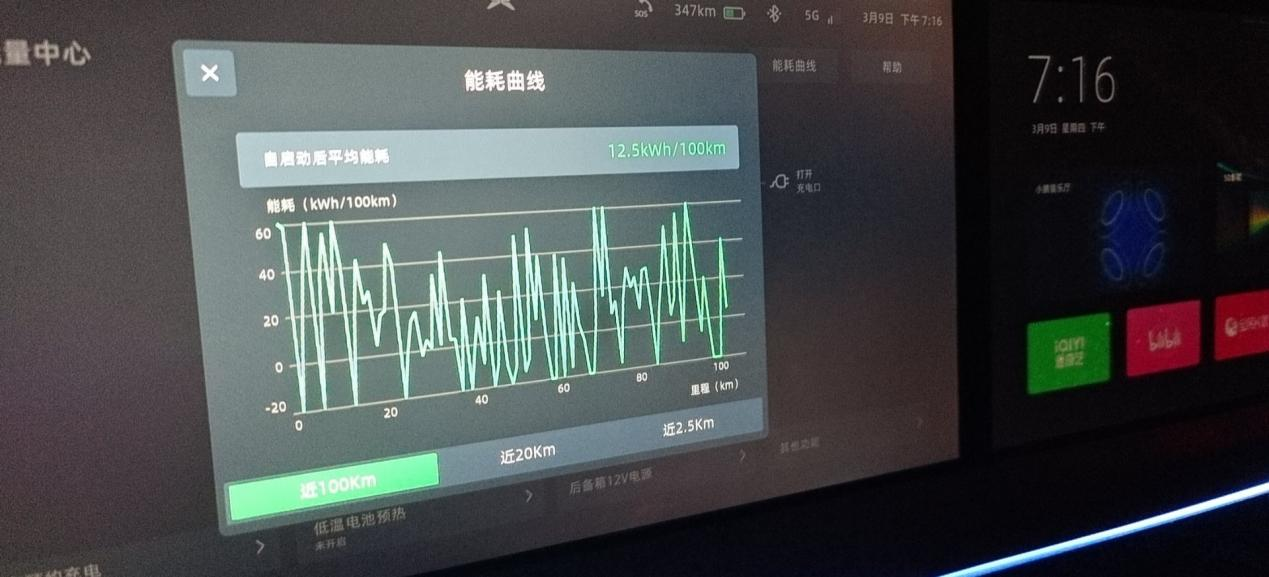
-
Significant improvement in chassis: When driving, P7i is clearly felt to have greatly improved compared to P7 in terms of chassis and handling, with a more solid and resilient chassis. This time, faster and better shock absorbers were used without any unnecessary residual vibration, which, although performance-oriented, does not make people feel particularly uncomfortable and hard.
-
Improvement of NVH: The whole vehicle has added 16 sound insulation materials, which can rival the NVH of ET7.
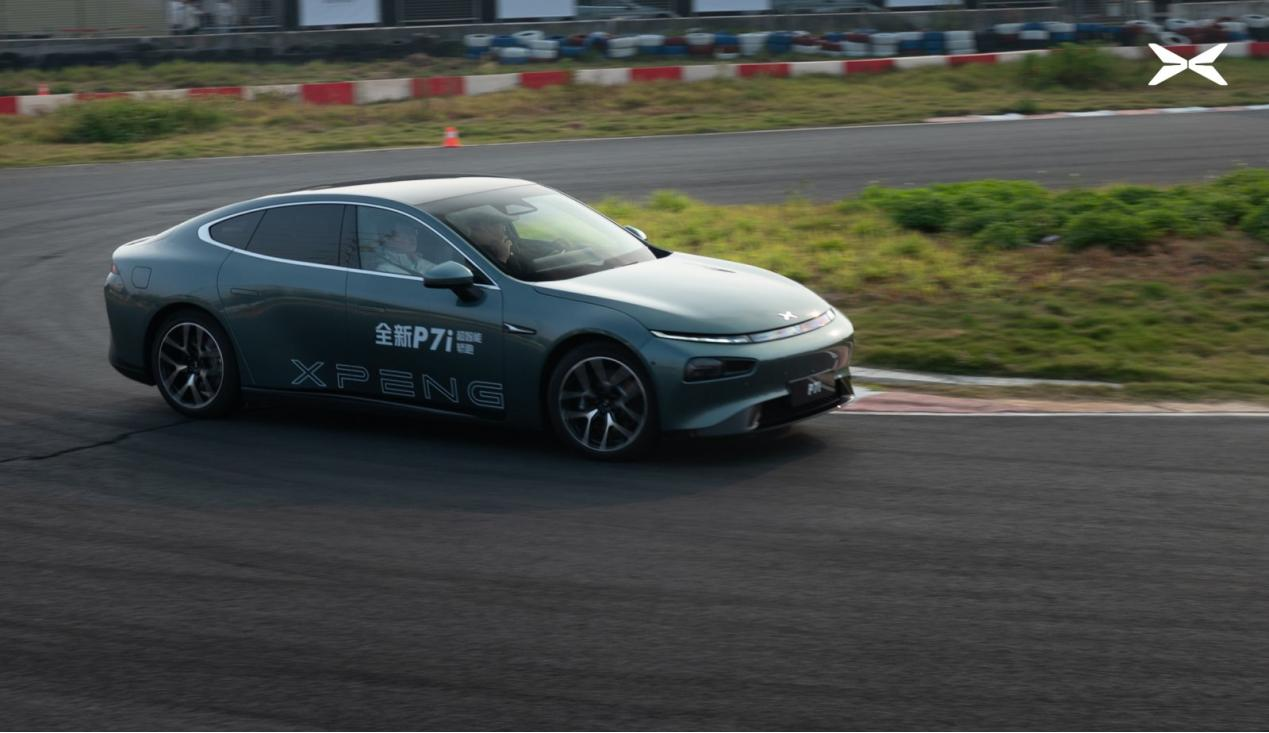
Especially in P7i, a new intelligent four-wheel drive torque distribution system is used, which can achieve infinite distribution of axle load, and the system can automatically respond within 20 milliseconds. For example, when driving on a wet and slippery surface, stepping on the accelerator may cause ESP intervention, interrupting power response. With this system, when the rear wheels slip, more power will be automatically transferred to the front axle instead of letting ESP intervene immediately. Because the system response time is only 20 milliseconds, in many cases, users may not even notice that the rear wheels are slipping before the system intervenes, and the feeling brought to users is only one word: stable.

In addition to improving the maximum speed, it can also maintain a speed of 190 for a long time without any problems with thermal management. This also achieves the fact that in more extreme environments, P7i can withstand 38-degree high temperature and maximum air conditioning during high-speed driving; or long-term high load situations such as climbing or racing without power limitation.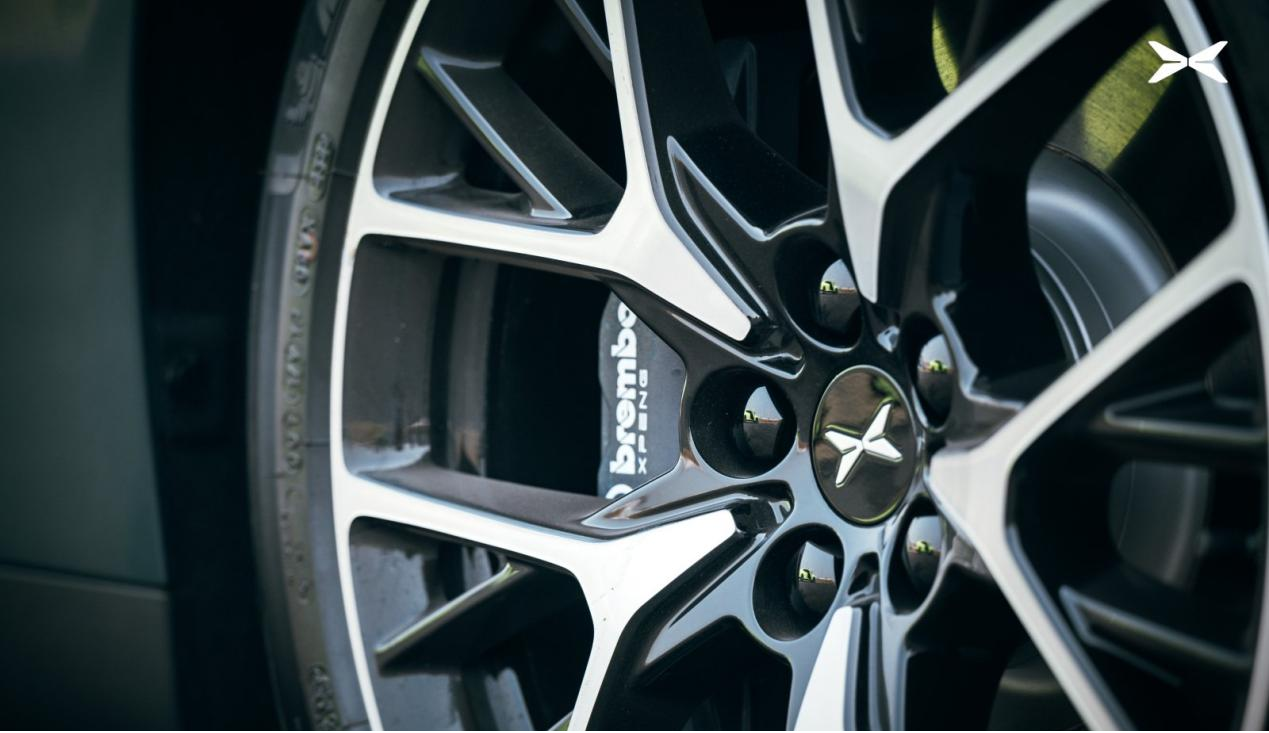
All of this sports car DNA has achieved lap times that are better than the 001, ET5, and Model 3P in the same class. Yesterday, we set a lap time record of 10 minutes and 4 seconds at Tianmen Mountain.
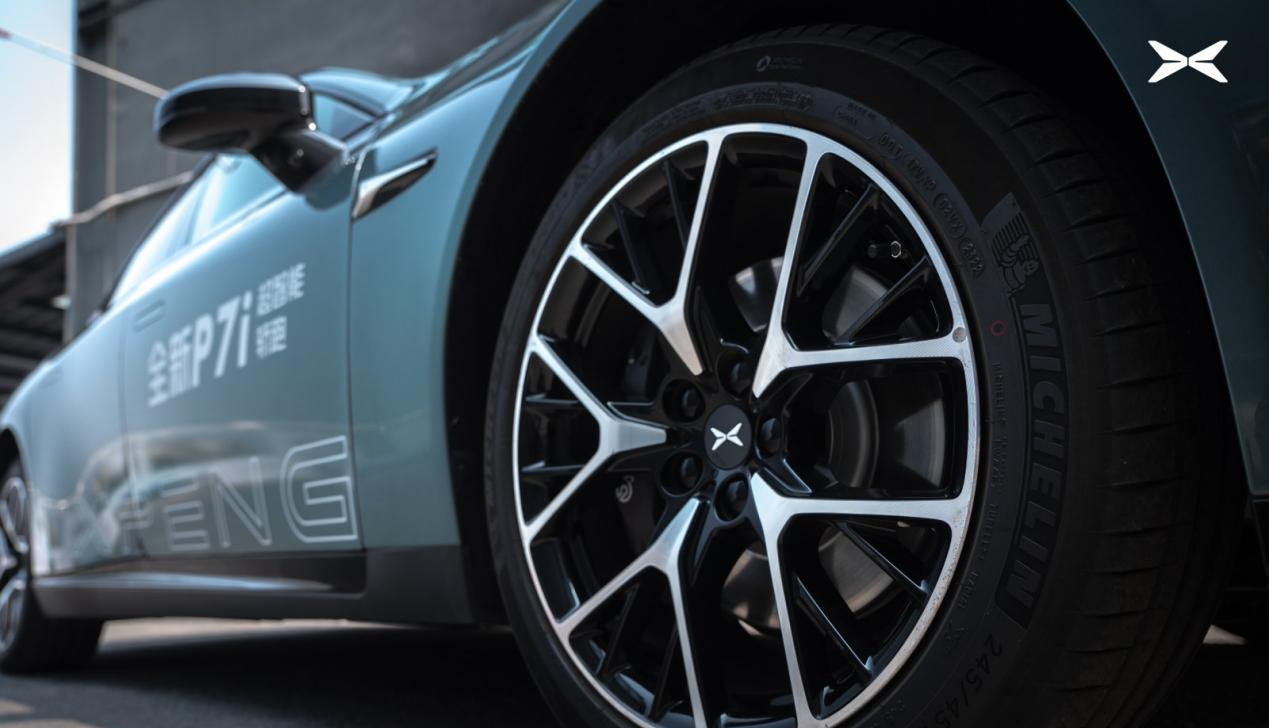
Yes, everything from the vehicle’s basic domain control architecture to the steering wheel, wheels, tires, interior, seats, heat pump air conditioning, audio and amplifier, batteries, motors, thermal management, NVH, suspension, handling, infotainment, trunk, cameras, lidars, and dual Orin autonomous driving chips… everything you can imagine is new!
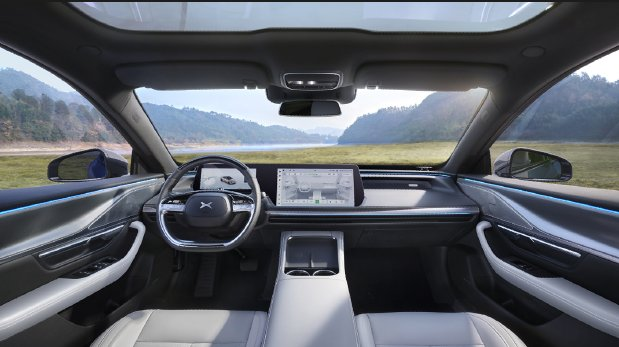
It reminds me of the Ship of Theseus. Is this a new version or a completely new car?
Finally, I have to mention that the intelligence that Xpeng has always been proud of is now embedded in the P7i, which comes with ACC LCC-L (enhanced version) and CNGP capability. Xpeng was the first in China to bring BEVs to the market. And the Fuyao data center guarantees the speed of Xpeng’s model training and rapid iteration. 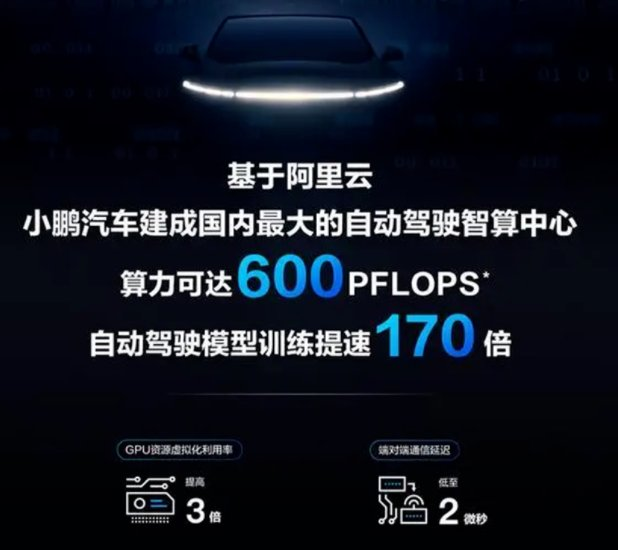
Even if we compare it to today’s cars in 2023, vehicles that are smarter than the old P7 in terms of intelligent cockpit and NGP capability remain few and far between. Finally, other competitors have caught up to Xpeng’s high-speed NGP capability two years ago, which was based on only 30 Tops of computing power and vision perception, by using 500 or 1000 Tops of computing power and lidar.
At this time, Xpeng has opened up a higher-dimensional battlefield: ACC/LCC-L, CNGP, and imageless XNGP, which can be used to complete more urban internal scenes and multi-level underground scenes with auxiliary driving. At the same time, voice and intelligence cabin continue to iterate to maintain their leading position.
 An elegant, yet fierce and intelligent ship of Theseus – this is the all-new P7i.
An elegant, yet fierce and intelligent ship of Theseus – this is the all-new P7i.
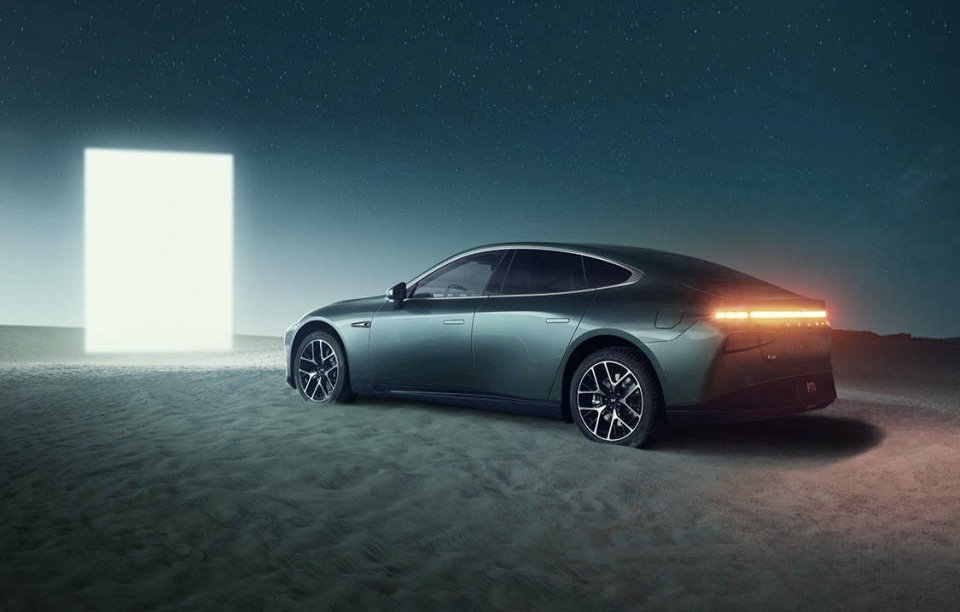
This article is a translation by ChatGPT of a Chinese report from 42HOW. If you have any questions about it, please email bd@42how.com.
